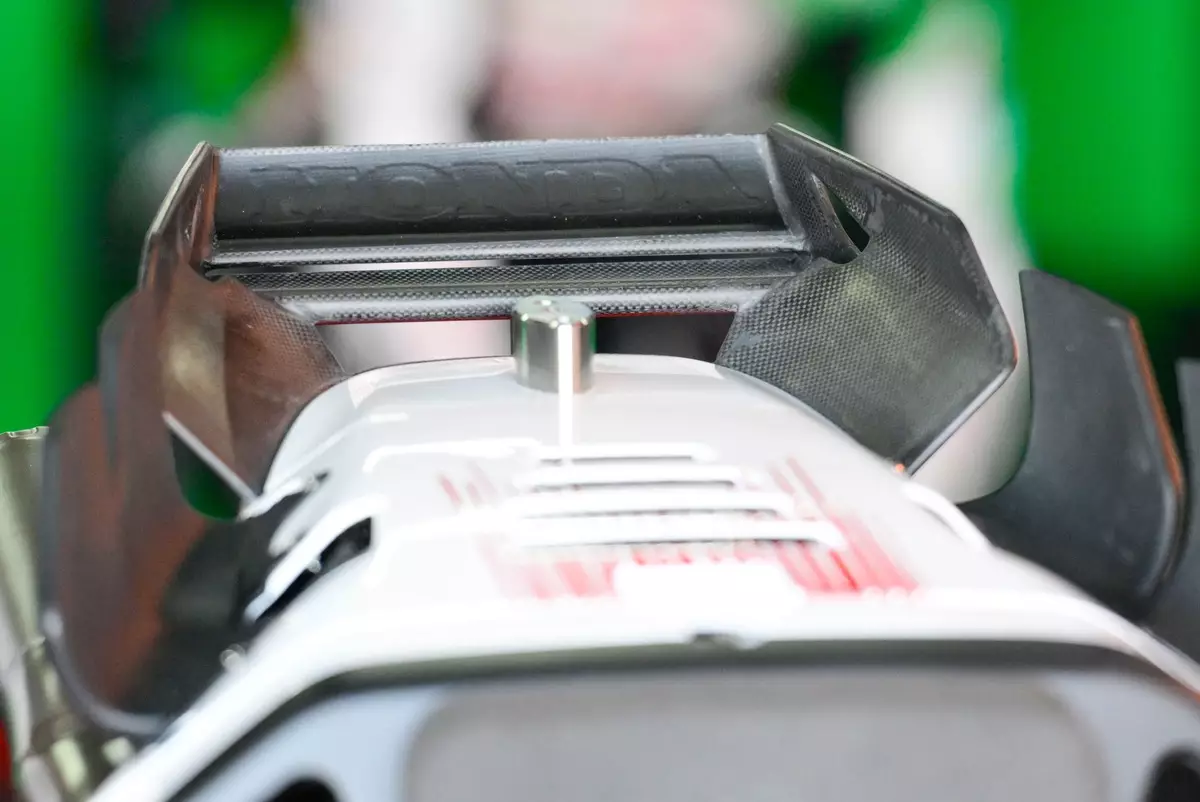The world of MotoGP is a high-octane arena where innovation is the lifeblood of success. Honda, a titan in the industry, has recently embarked on a mission to revitalize its racing fortunes with an extensive overhaul of its MotoGP bike, the RC213V. At the heart of this transformation is the ongoing testing and development effort showcased during the Buriram test in Thailand, particularly by its star rider Johann Zarco. As the team endeavors to close the performance gap with competitors, their latest aerodynamic innovations offer insights into their strategic direction and the challenges they face.
During the Buriram test, an upgraded rear section was revealed on Zarco’s Castrol-sponsored bike—a refinement of the initial designs seen at the Sepang test only days prior. The latest aerodynamic solutions incorporate innovative wings and a newly designed rear spoiler, showcasing a remarkable evolution in Honda’s engineering approach. More specifically, the introduction of two vertical flaps that articulate with each other aims to create a sophisticated airflow system that optimizes dynamic pressure around the bike’s rear.
One notable change is the removal of the ‘flap tower’ that was initially introduced in Malaysia. By streamlining this aspect, Honda’s engineers intend to enhance the overall performance of the tail section, aiming for improved downforce while simultaneously mitigating drag. The necessity of such improvements has become more pressing as Honda has been grappling with a concerning 7 km/h speed deficit compared to Ducati, its fiercest rival on the track. Developing a superior aerodynamic package is critical—not merely for speed, but for Honda to remain competitive in a rapidly evolving sport.
Despite the efforts to amplify power output from the Honda engine, the bike’s performance remains hindered in comparison to its rivals. The ongoing tests suggest that while engine upgrades are vital, exploiting other performance avenues is equally important. One of the striking features observed during the trials is how the lateral bulkheads of the new rear wing angle inwards, cleverly directing airflow from the bike’s sides towards its centerline. This mechanism shapes the bike’s aerodynamics, attempting to balance airflow in favor of speed and control.
In a bid to gather comprehensive performance data, Honda has diversified its testing across all four of its bikes. This strategy provides invaluable insights that could predict how riders will perform when the racing season commences in early March. During the Buriram session, riders like Luca Marini and Zarco showed promising results, with Marini clocking the sixth-fastest time and Zarco not far behind in seventh.
After the session, Zarco expressed a sense of optimism tempered with realism. Satisfied with the bike’s performance—particularly after new tires were fitted—he acknowledged personal speed potential. However, he also highlighted a prevailing challenge: the inconsistency brought about by different tire behaviors. This variation complicates development efforts, making it difficult to firmly ascertain whether significant improvements have been realized. Zarco explained, “I think we made it [a step forward] because even Marini was quite fast today and when we need to do a lap time it seems we are more competitive than last year. So this is a step. But then we always want more.”
These sentiments encapsulate the relentless pursuit of excellence that defines MotoGP. For Zarco and Honda alike, the journey towards achieving the desired performance equilibrium is fraught with trials and testing.
As the MotoGP season edges closer, Honda’s testing phase at Buriram serves as a microcosm of the broader challenges faced within the sport. The dual burden of enhancing engine power while simultaneously refining aerodynamic features epitomizes the race team’s commitment to reclaiming their place as frontrunners in the championship. Each trial not only provides critical data but also serves as a reflective moment, contemplating past mistakes and future potential.
Honda’s journey through the turbulence of reengineering their MotoGP bike underscores a significant effort designed to redress past shortcomings. With innovative aerodynamic solutions and comprehensive testing strategies in play, Honda is poised to make compelling strides. However, the nature of competitive motorsport will always demand more—more speed, more efficiency, and, ultimately, more victories. As the season opener approaches, all eyes will be on Honda to see if these ambitious aspirations translate into tangible results on the track.


Leave a Reply